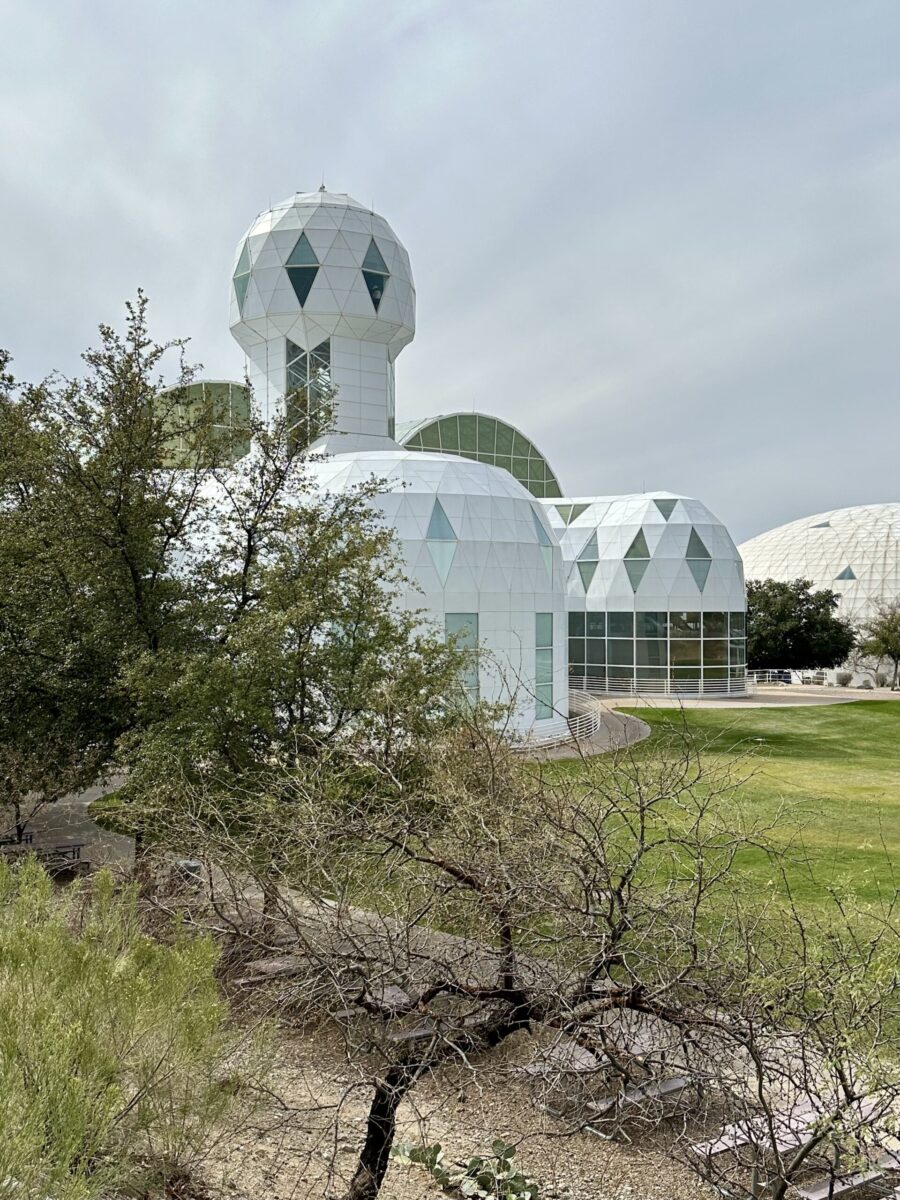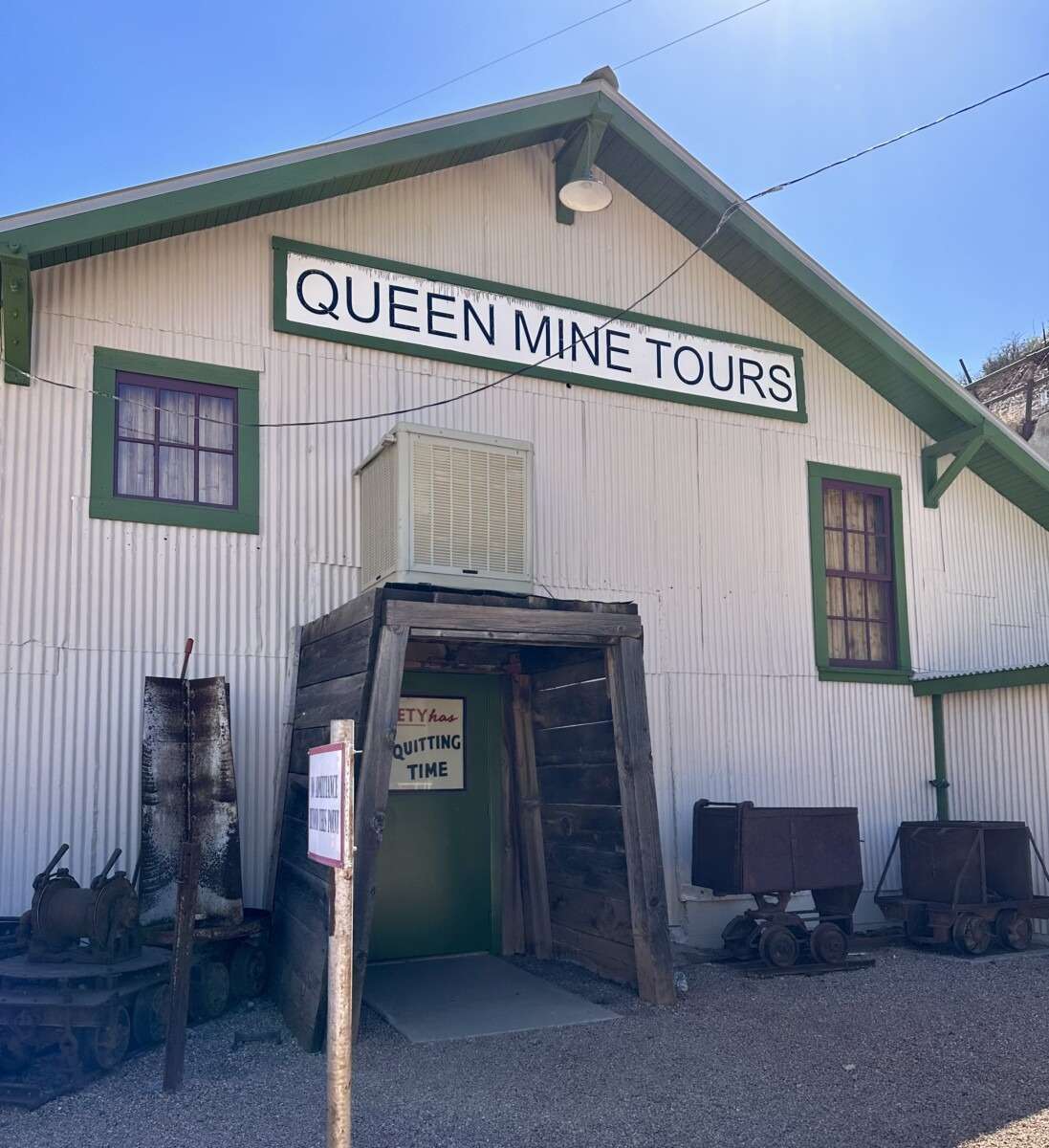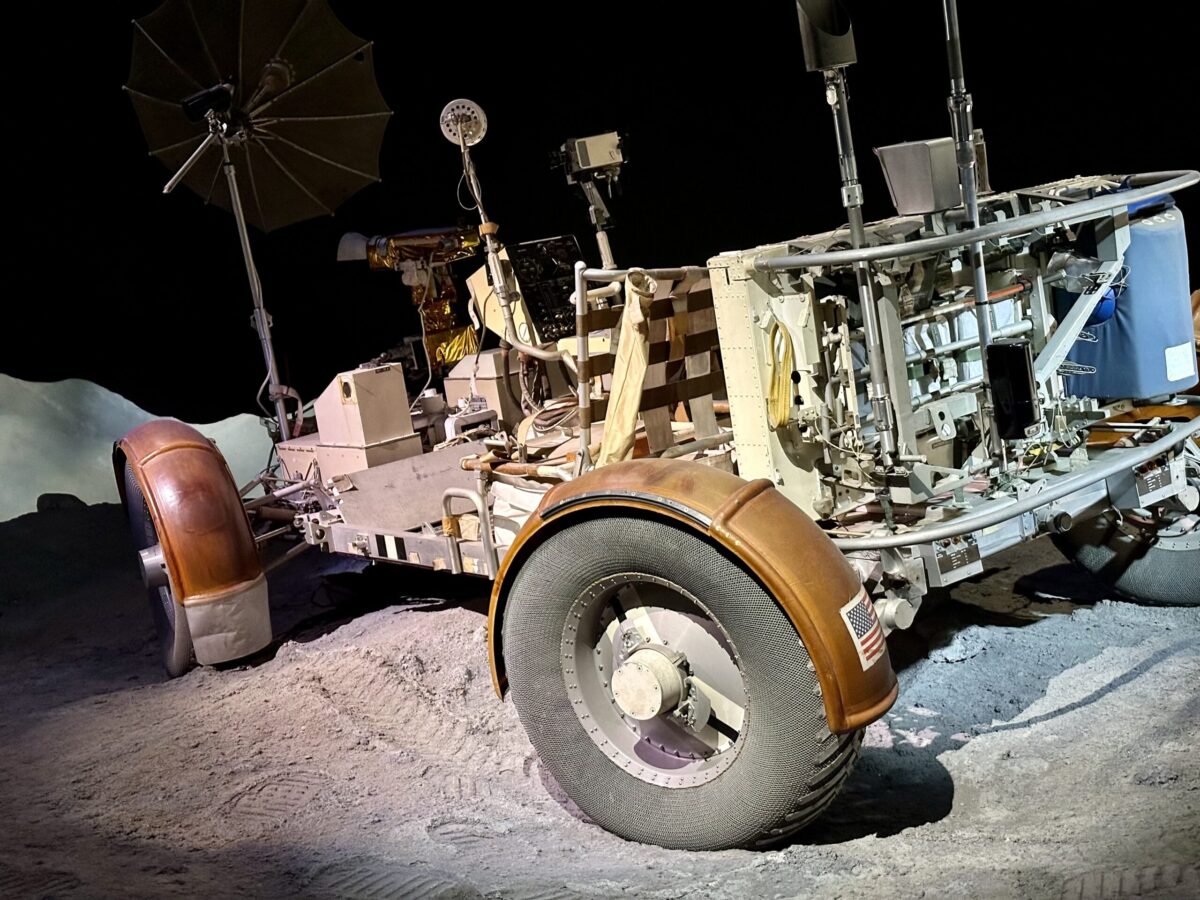About 30-40 minutes south of Lincoln, Nebraska is Homestead National Monument.


This park commemorates passage of the Homestead Act of 1862, which offered people 160 acres (0.65 km2) of free land – if they were willing to live on it, farm it, and build a home. You had to be over 21 or head of a household to qualify. This included women, as well as immigrants eligible to become citizens. African Americans became eligible after the 13th Amendment abolished slavery (1865) and the 14th Amendment guaranteed equal treatment (1868).
The program spanned 123 years (1862-1986), distributing 270 million acres (1,100,000 km2) in 30 states. About 2 million individuals and families homesteaded, and as many as 93 million of their descendants may inhabit the world today. That’s nearly one out of every three Americans!”
As you walk into the Visitor Center there are metal cutouts of each of the 30 states that had homesteaders. The holes in the middle depict the amount of land claimed by homesteaders in that state.

The Visitor Center is located on the land where the first homesteader, Daniel Freeman, made his claim.

Behind the Visitor Center is a log cabin built in 1867 and moved from nearby. George Palmer proved up his homestead claim in 1875.

Along with his wife and five children, he built a home, planted crops, and lived on the land for five years as required by the Homestead Act.
In 1880 the family had grown by five more children. Imagine a family of twelve living in a space the size of today’s average living room?!? We read that homestead families spent most of their time outdoors working. They only used their place to eat, sleep and get out of bad weather.

Nearby in the park is this this single room schoolhouse. According to the National Park Service (NPS), “For a time, the Freeman School…was the longest running schoolhouse in Nebraska.”

Inside the park there were some interesting exhibits. Here are some that caught our eye:

Goat Power? “Homesteaders took advantage of any power source that might ease their workload. This is a replica of a animal-powered treadmill used to drive small devices, such as a butter churn.


After exploring the park site we drove back to Lincoln to checkout a really unique museum.

This free museum has some really interesting information packed into a single room.

Improvements were make to the roller skate in the mid 1800s. “From the 1870s and lasting through the mid 1890s, roller skating at the local roller rink reigned as one of the most popular social events.”






One last thing to know about Nebraska…there is a lot of corn! It grows EVERYWHERE!!







Educational, interesting and fun as well!! Who knew you have to wear suit and tie to go roller skate in a local rink?? How about the pedals on those skates?? Yes, too much on that corn shirt!